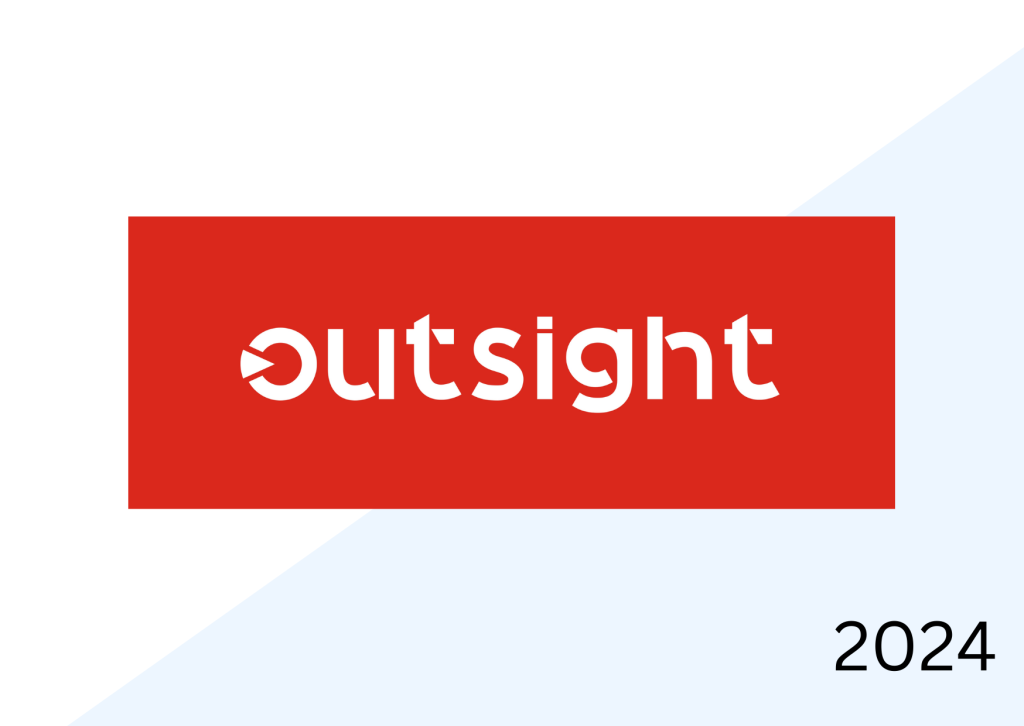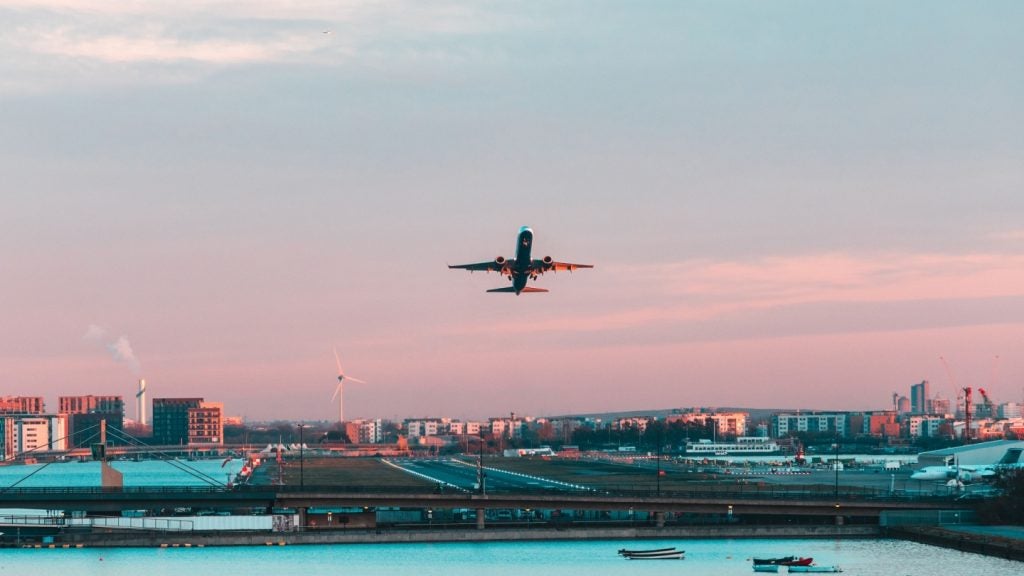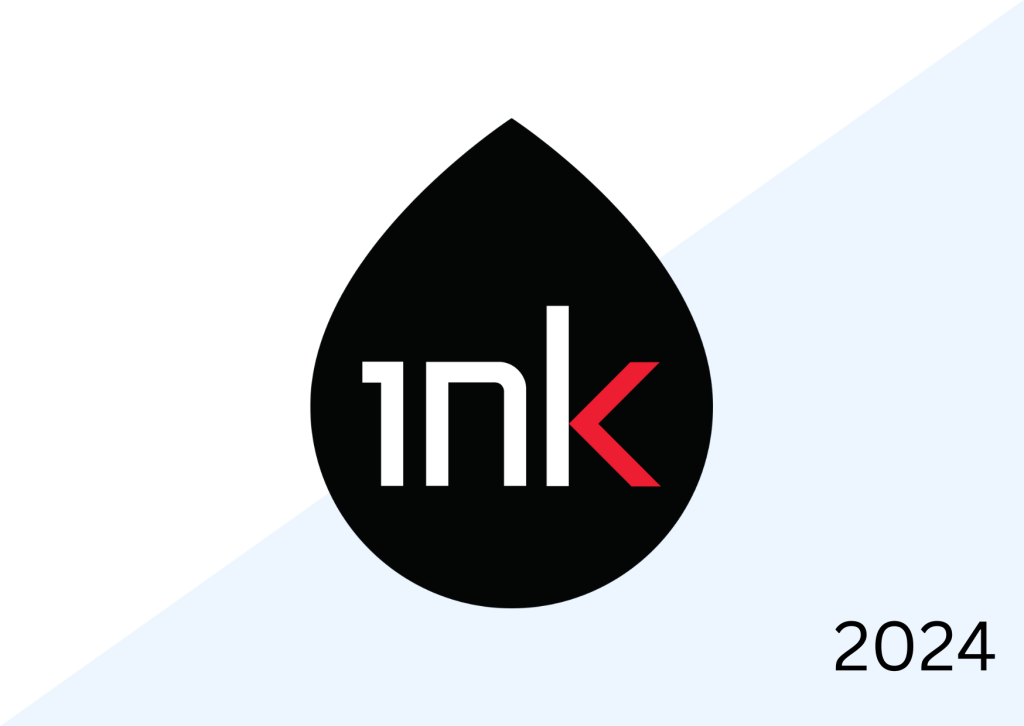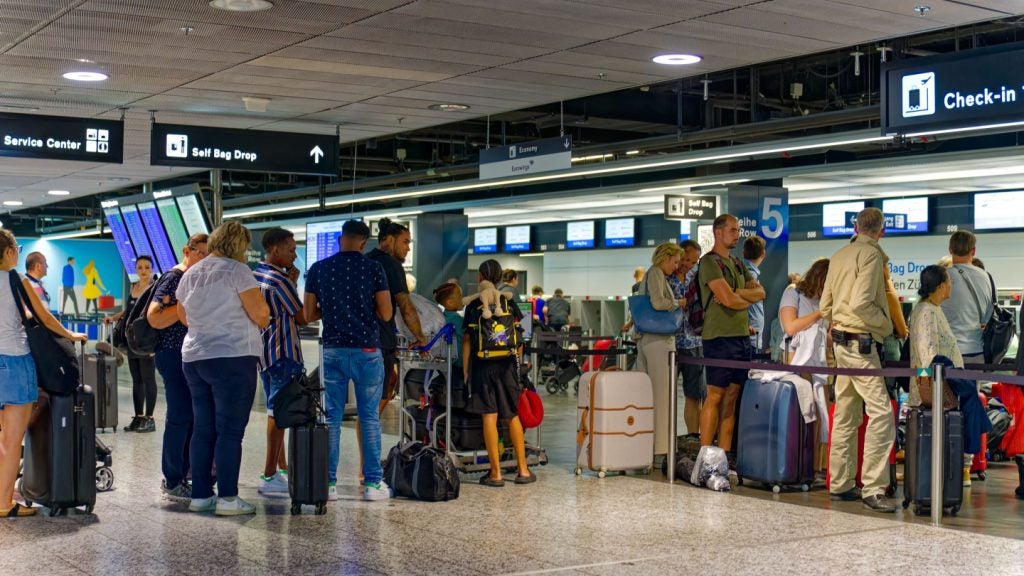
![]()
It might seem as though beacon technology is new, but it has been around since the start of the millennium. Its sudden popularity is due to Apple‘s recent iBeacon launch, which supported the company’s particular version of the technology through iOS 7.
Physically, beacons can come in a range of forms and they are designed to transmit a signal through BLE (Bluetooth Low Energy). BLE is based on Bluetooth 4.0, a standard of the latest mobile phones, including iPhone 4 and Android 4.3 phones onwards. When a Bluetooth-enabled smartphone comes into range of the beacon, it can activate a message, opening up a whole new world of customer engagement – and passenger satisfaction – for retailers, airlines and airports.
Its size, low cost and range opportunities mean that mass deployment is a highly cost-effective way of communicating with customers at airports – and one that completely side steps the high cost and more complicated passenger personalisation opportunities available through the use of biometrics.
"Beacons cost between $10 and $20 a piece and you only need a few hundred at a terminal, which really turns the location game upside down," says Phil Easter, director of mobile apps and wearables at American Airlines. "It’s also highly accurate and has a range of 10ft up to 1,000ft. We’re pretty excited about it as there are at least 20 different use cases."
See Also:
American Airlines at Dallas/Forth Worth
The pilot has currently been running at Dallas/Fort Worth International Airport for about two months and will continue for another four. It is expected to roll out across its other hubs in 2015. The American Airlines app triggers beacons that are deployed throughout all areas of the terminal, from the garage to the gate.
How well do you really know your competitors?
Access the most comprehensive Company Profiles on the market, powered by GlobalData. Save hours of research. Gain competitive edge.

Thank you!
Your download email will arrive shortly
Not ready to buy yet? Download a free sample
We are confident about the unique quality of our Company Profiles. However, we want you to make the most beneficial decision for your business, so we offer a free sample that you can download by submitting the below form
By GlobalDataFor the future, Easter says that there is an interesting case for usage when it comes to moving objects in the airport: "Carts, wheelchairs, buses, they can all have beacons, so if you get on a bus transfer to a terminal the app can tell you if you are on the right or wrong bus.
Is the TSA right to be cautious or have its actions caused unnecessary hassle?
"Opportunities for club lounge access is also something we’re looking at, but also on-board opportunities and understanding what people want at different locations."
He also says that beacons on bracelets or on a necklace when accompanying a minor, or a person with disabilities, could help staff identify that particular passenger in a crowd in case they need special attention.
Despite all the possibilities, Easter says that the main takeaway that American Airlines is trying to accomplish is getting customers to the right location at the right time. "That’s a big benefit for us," he says, "and if we get people to where they need to be safely and speedily I think that is a happier customer."
Easyjet’s European iBeacon trial in progress
Back in July 2014, easyJet announced it would be trialling iBeacon technology across Europe in London Luton, London Gatwick and Paris Charles de Gaulle airports. The trial is still in its early stages, so data is still being collected, but with 10 million people having already downloaded the app the airline is starting to receive feedback. Some passengers have commented that it is now easier to access their boarding passes.
"We’ve placed beacons at our bag drop desks and security areas notifying customers on exact documents they should have ready and allowing access to their boarding pass in a single ‘swipe’," says James Millett, head of digital at EasyJet. "These trigger helpful notifications to passengers’ mobiles during critical points of the airport journey."
In the future Millet says that beacon technology could be highly effective when used to support individual airport way finding challenges. "For example, sensing that customers need to be in a different location if they are carrying skis," he says.
Virgin Atlantic pass on Apple’s Passbook
Tim Graham, technology innovation development manager at Virgin Atlantic, says that they learnt a lot about the limitations and possible uses of iBeacons after a six-week trial that ran from May to June 2014.
Upper class business passengers opted to download an Apple Passbook boarding pass, and received specific notifications that prepared them for the next stage in their journey through the airport. They were provided with a direct link to open up their boarding pass with a single swipe on the screen.
While Passbook alone did not offer sufficient value to warrant a more permanent roll out, the airline is looking at iBeacon opportunities in combination with their own app.
For Graham, one of the most interesting aspects of the technology is that it presents an opportunity to interact with passengers at specific locations, and enables the guiding of passengers which reduces stress and anxiety.
Airport-technology.com picks the airports with the world’s most dangerous landing and take off conditions.
He also explains how it could be possible to entertain and interest passengers whilst they are waiting for their flight, such as changing a display screen to show something personal to that passenger or a retail offer.
Obstacles to mass deployment
With 85% of passengers owning smartphones and the cost of beacons being so low, the technology could quickly become the future of the passenger experience at airports. But what obstacles are in the way of mass roll deployment and passenger adoption?
A major concern is the question over who is responsible for the deployment of the beacons and how they can best be used, especially once more airlines and retailers wish to use them. As a result, SITA launched the Common-use Beacon Registry in June 2014.
"We have launched the SITA Common-use Beacon Registry to give the industry a single point of contact for common-use beacons deployed at any airport around the world," explained Jim Peters, chief technology officer at SITA, speaking at the Air Transport IT Summit, adding that the API allows app developers to use these beacons to create new travel-related apps.
"With it, airports can control and share the meta data – the exact location including information on gates, terminals – with airlines and other partners and allow passengers to receive accurate and relevant information."
He added: "At the same time the API allows app developers to use these beacons to create new travel-related apps."
Is WiFi a short-term solution?
A further issue includes the airlines’ reliance on airport operators to invest in and maintain a beacon infrastructure, which requires substantial interest from airlines, retailers and passengers.
Graham points out that there is a reluctance by users to switch on Bluetooth as it is perceived to drain battery power more quickly. "So part of the battle is to convince customers that the value of these services outweigh any concerns on battery life," he says.
If these problems prove insurmountable in the short-term, could WiFi provide a solution? "Some airports have already invested heavily in WiFi solutions that can identify the location of a passenger in a similar way to beacons," he says. "As most passengers do leave their WiFi switched on, this may be a more practical approach in the short term."
Follow Frances Marcellin on Google+







